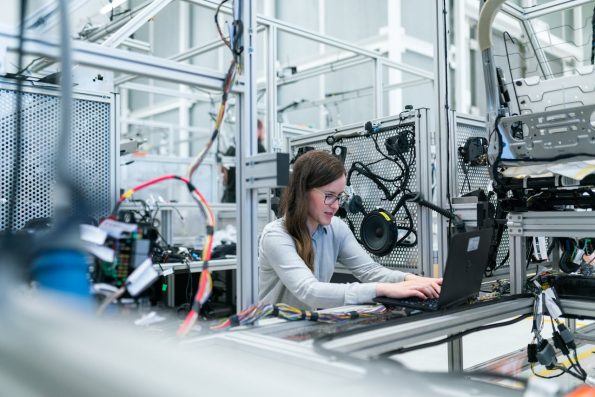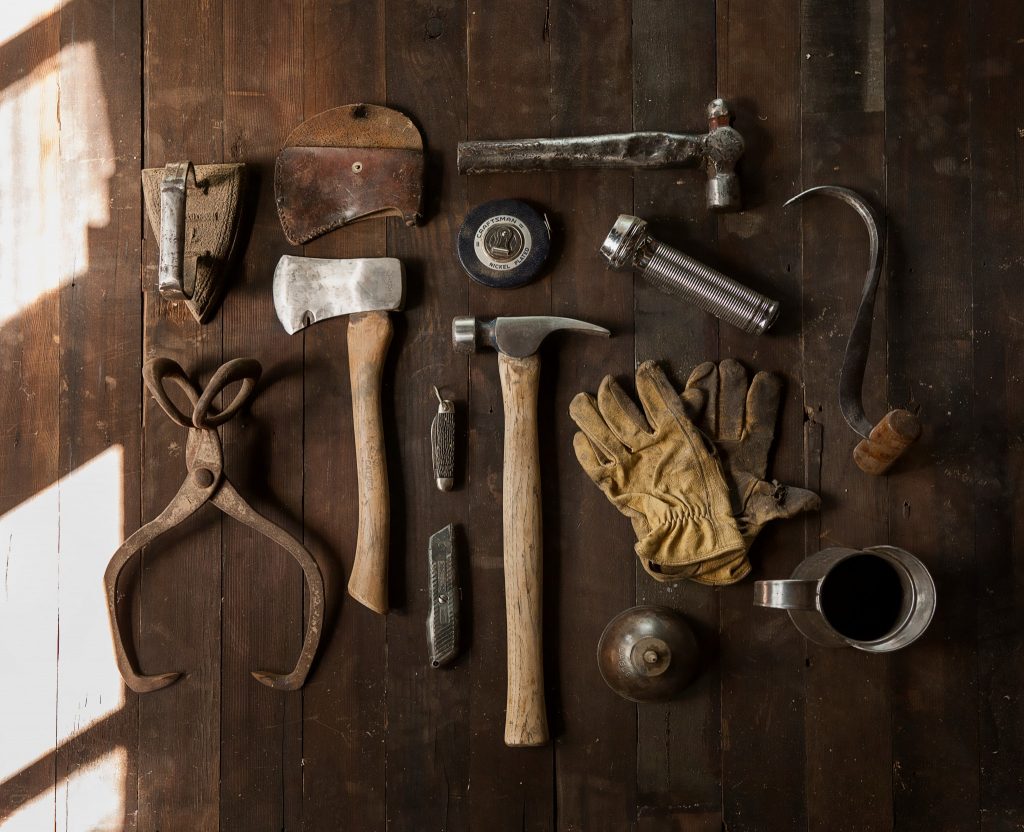How To Use Digital Technology In Product Testing And Research
When launching a product, digital technology can play an important part during the testing and research phase. Below are just a few different ways in which you can use digital tech to test and research your product.

Competitor analysis
Before designing and launching a product, it’s useful to know who your competitors are. The internet has made it much easier to research rival products and discover more about them. On top of visiting competitor websites, you can watch product demo videos, download product instructions and read customer reviews. There are even databases dedicated to product blueprints and designs. These can be great for better understanding rival products without having to buy these products. You can also use the internet to research various data that can be useful for marketing such as finding out what keywords other companies are targeting.
Online surveys
Surveys can be a great way to understand the wants and needs of customers. There are several applications and websites you can use to create and distribute surveys digitally. This can be more efficient than printing out surveys and handing them to people in person. Make sure to spend time comparing different survey maker tools and make sure that you fully understand who your target market demographic is before sharing your surveys.
Digital twin testing
Digital twin testing is a method of product testing that involves testing a digital version of your product using simulation software. For example, using an automotive manufacturing digital twin, it’s possible to undergo various tests on a screen instead of having to physically test vehicles. While physical testing is still important, digital twin testing can reduce the amount of physical testing necessary – saving huge amounts of time and money spent on testing. AI has helped to advance the effectiveness of digital twin testing by allowing more tests to be carried out in a quicker amount of time.
VR/AR product testing
Some products can be tested using virtual reality (VR) or augmented reality (AR). One application for this is the construction of buildings and structures. Using AR, a customer can walk across a plot of land and visualise what a building or structure might look like in real life before any materials have been ordered. Multiple designs can be tested and customers can get a good feel for which is the right one. This technology can reduce the amounts of changes that might be requested during construction. Just be wary that VR/AR can be very expensive to implement.
Rapid prototyping
When it comes to creating physical prototypes, digital technology can also help speed up the process. Using CAD software combined with a 3D printer, prototypes of many smaller products can be created much faster. This is less time-consuming than having to handcraft a prototype, while being cheaper than having to set up an assembly line of machines for a single prototype. You can rent out 3D printers or outsource 3D printing services for this service. This guide explains more as to how rapid prototyping works.

